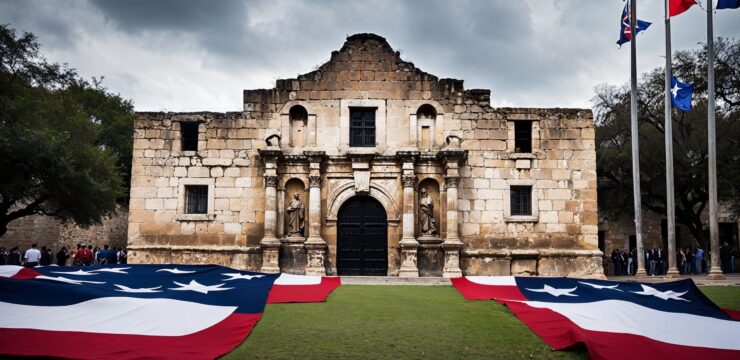New York City, often referred to as the “Big Apple,” is a mesmerizing metropolis renowned for its towering skyscrapers, bustling streets, and rich architectural heritage. Among the many architectural styles that define the city’s skyline, Art Deco stands out as one of the most iconic and enduring influences, lending an air of sophistication and timeless beauty to its urban landscape.
The Rise of Skyscrapers in NYC
New York City is home to some of the world’s most famous skyscrapers, a testament to its ambition and economic might. The city’s vertical expansion began in the late 19th century with the advent of steel-frame construction and rapid industrial growth. Landmark structures such as the Woolworth Building (1913) and the Metropolitan Life Tower (1909) paved the way for a new era of architectural ingenuity. However, it was in the 1920s and 1930s that NYC’s skyline truly transformed, thanks to the emergence of Art Deco design.
The Art Deco Movement and Its Impact
Art Deco, a design movement characterized by bold geometric shapes, rich colors, and ornamental details, flourished in the early 20th century. This style was particularly suited to New York’s growing skyline, blending luxury with modernity. During the Roaring Twenties and the Great Depression, developers and architects sought to create buildings that embodied progress, optimism, and artistic expression.
Iconic Art Deco Skyscrapers
- Chrysler Building (1930) – One of the most celebrated Art Deco skyscrapers in the world, the Chrysler Building is famed for its gleaming stainless-steel spire, intricate triangular windows, and automotive-inspired motifs, a nod to the car manufacturer that commissioned it.
- Empire State Building (1931) – Standing at 1,454 feet (including its antenna), the Empire State Building was the tallest building in the world upon its completion. Its symmetrical design, limestone facade, and illuminated crown make it a timeless Art Deco masterpiece.
- Rockefeller Center (1930s) – This sprawling complex of buildings in Midtown Manhattan is a testament to Art Deco grandeur. With its bold vertical lines, stunning bas-reliefs, and the famous Radio City Music Hall, Rockefeller Center remains a cultural and architectural landmark.
- The American Radiator Building (1924) – A lesser-known but equally stunning Art Deco gem, this black and gold skyscraper exudes elegance with its dark brickwork and gilded detailing.
Art Deco Beyond the Skyscrapers
While Art Deco is most prominently associated with skyscrapers, its influence extends to various other aspects of New York’s built environment. Grand Central Terminal’s interiors feature elaborate Art Deco chandeliers and ornamentation, while the Chanin Building’s lobby showcases intricate bronze reliefs. Even the city’s theaters, hotels, and residential buildings bear the hallmarks of this glamorous style.
Preserving NYC’s Art Deco Legacy
Today, New York City continues to cherish and preserve its Art Deco heritage. Many of these architectural wonders have been designated as landmarks, ensuring that future generations can admire their beauty. Organizations such as the Art Deco Society of New York work tirelessly to promote awareness and appreciation for this distinctive style.
Conclusion
New York City’s skyline is a living testament to human ingenuity, ambition, and artistic expression. From its towering skyscrapers to its intricate decorative details, the Art Deco movement has left an indelible mark on the city’s architectural identity. Whether admired from afar or explored up close, these structures continue to inspire awe, reminding us of a time when design and progress went hand in hand.

